A well-organized service catalog is an essential tool for any organization that provides services to internal or external users. It functions as a structured list of services that users can access, request, or learn about, streamlining the user experience and improving service delivery. Jira Service Management (JSM), with its customizable workflows and user-friendly portal, offers a powerful platform for building and maintaining an efficient service catalog.
In this article, we’ll explore how to design, implement, and enhance a service catalog using Jira Service Management, along with key strategies for maintaining scalability and usability.
What Is a Service Catalog?
At its core, a service catalog is a detailed list of an organization's services. These can range from simple requests like IT help desk support to more complex processes such as procurement, HR services, or marketing support.
The concept of a service catalog extends beyond the realm of IT. For example:
- Dentists provide a catalog of services, from basic cleanings to specialized treatments, ensuring that patients know exactly what services are available at different locations.
- Public services, like those available on government portals, allow citizens to apply for various documents or access important records.
- Restaurants have menus, which are a direct analogy to service catalogs, offering customers an easy way to choose dishes based on categories like appetizers, main courses, or beverages.
Defining the Service Catalog
Several organizations define service catalogs similarly:
- ServiceNow describes it as a "structured view of available services and offerings."
- IBM emphasizes service offerings for a variety of customer types.
- Atlassian, Jira developer, broadens the definition to include non-technical services, allowing teams like marketing or HR to leverage a service catalog.
In summary, a service catalog is a comprehensive, structured list of services an organization offers to guide users in selecting and requesting the services they need.
Designing an Effective Service Catalog
Designing an efficient service catalog is much like designing a restaurant menu. A cluttered, poorly structured catalog frustrates users, making it difficult to find what they need. On the other hand, a well-designed catalog allows users to quickly and easily navigate the available services.
Four key steps to building an effective service catalog:
- Plan the Catalog Design
Start by defining the roles and responsibilities. Who will oversee the service catalog? Who defines the service requirements? Set clear deadlines and expectations for the entire design process.
- Create the Catalog Structure
List all the services your organization offers. Next, decide how customers will request these services. Will they submit requests through a self-service portal, email, or other channels? Structuring services logically into categories (e.g., IT, HR, Finance) makes it easier for users to find and request what they need.
- Set Up Workflows
Once the services are defined, establish workflows. Configure statuses, transitions, SLAs, and assign teams responsible for handling each request type. This ensures requests move smoothly through the process and are resolved within appropriate timeframes.
- Maintain and Improve the Catalog
A service catalog is not static. As your organization evolves, so will its services. Regularly review and update the catalog to reflect changes, whether it's introducing new services, updating existing ones, or retiring outdated offerings.
Implementing a Service Catalog in Jira Service Management
Jira Service Management offers a powerful platform for building a service catalog. The key to success is understanding the users who will interact with the catalog. If the users are internal employees (with Jira accounts), the catalog can be managed within Jira itself. Leveraging the Jira service desk portal is crucial for external customers or less technical users.
The service desk portal provides a simplified interface for service requests, making it easier for non-technical users to navigate and submit requests.
Structure of the Portal in Jira Service Management
The Service desk portal organizes services into three levels: groups, request types, and forms. This structure works well for most scenarios, but for more complex services, additional levels may be necessary.
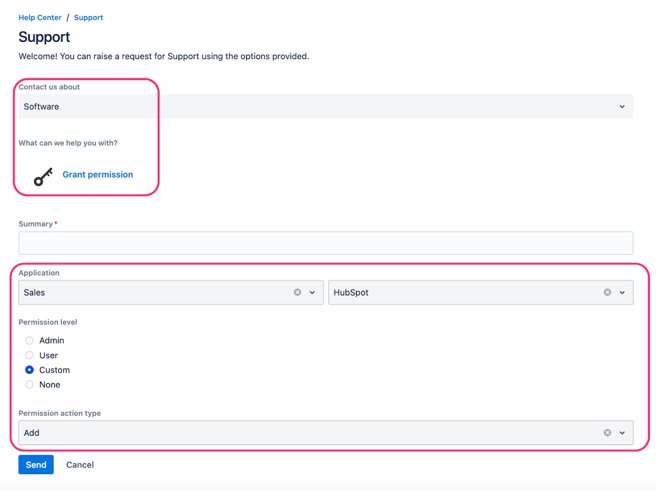
For example:
- A simple setup might involve a user reporting a bug (request type) for a specific software (form).
- A more complex setup might involve selecting a software module and version before submitting the bug report, which adds extra layers to the service request process.
Four Approaches to Building a Service Catalog in Jira Service Management
When building a service catalog in JSM, there are several approaches to consider, each with its own strengths and limitations.
- Service Catalog with Custom Fields
This approach creates a separate custom field for each level of the service hierarchy. While this approach works well for flat service catalogs, it becomes inefficient as more levels are added. Additionally, it can be challenging to hide irrelevant fields, which can confuse users.
Key Considerations:
- Each additional level increases complexity.
- Unused fields cannot be hidden, which can clutter the interface.
- Best suited for simple, flat service catalogs.
- Service Catalog with Forms
Using forms offers a more dynamic approach to building a service catalog. You can apply conditions to display specific fields only when relevant, enhancing the user experience. However, there are some limitations, such as the inability to edit forms once a request has been submitted.
Key Considerations:
- Improved user experience with conditional display options.
- Forms cannot be edited after agents submit them.
- Service Catalog with Assets
Using Assets custom fields offers a highly scalable solution. The assets database can be managed by dedicated teams, even outside of Jira administration, making it easier to update the catalog. This approach is ideal for organizations looking for a long-term, scalable solution, but it requires JSM Premium.
Key Considerations:
- Scalability and easy management of services.
- Requires JSM Premium.
- Allows use of REST API for asset updates.
- Service Catalog with Custom Fields Suite
This approach condenses the service catalog into a single cascading custom field, allowing up to 7 levels of hierarchy. This simplifies management and searchability, though there are some limitations, such as the field being forced to appear at the end of the form.
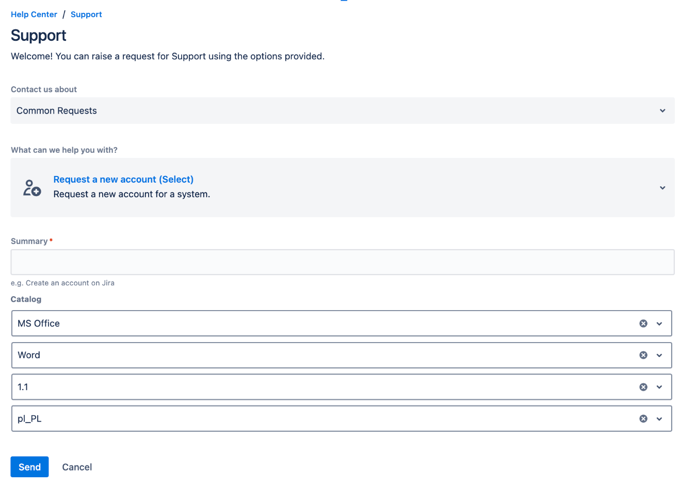
Key Considerations:
- Easier management with one custom field for multiple levels.
- Requires Jira admin permissions for updates.
- Limited flexibility for field placement on forms.
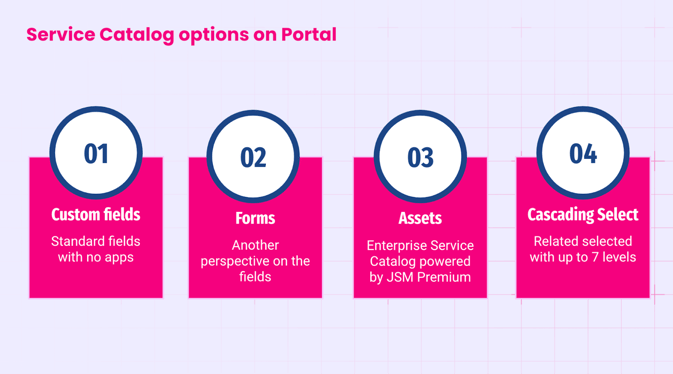
Enhancing the Service Catalog with JSM Features
Jira Service Management offers a variety of tools to improve the service catalog and enhance the user experience. Here are some ideas to implement:
- Request Type Permissions: This feature allows admins to restrict certain request types to specific users or groups, improving security for sensitive services.
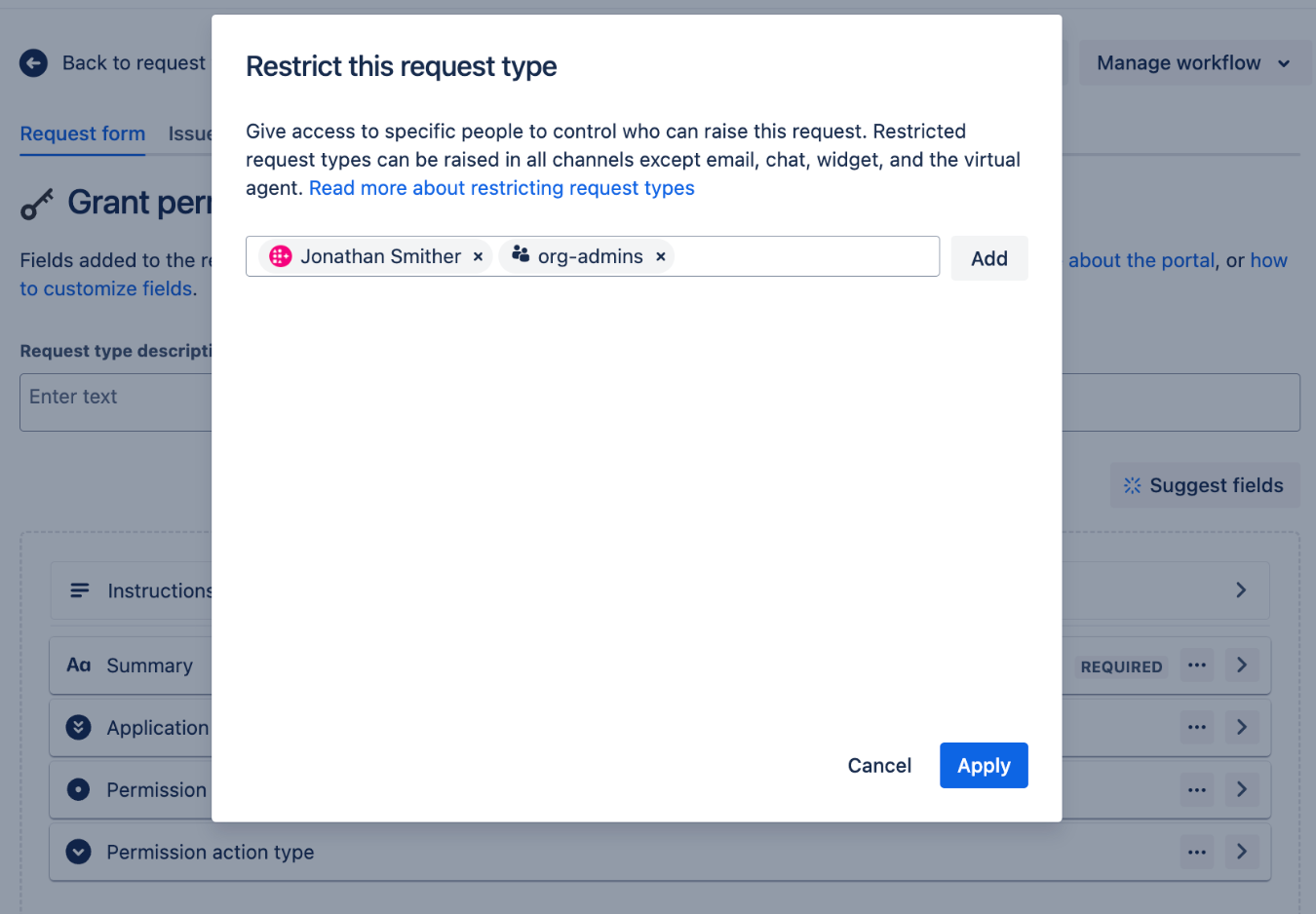
- Banners for Service Information: Using tools like the Feature Bundle app, you can add informative banners to service request forms, giving users more context about the service, its scope, and resolution times.
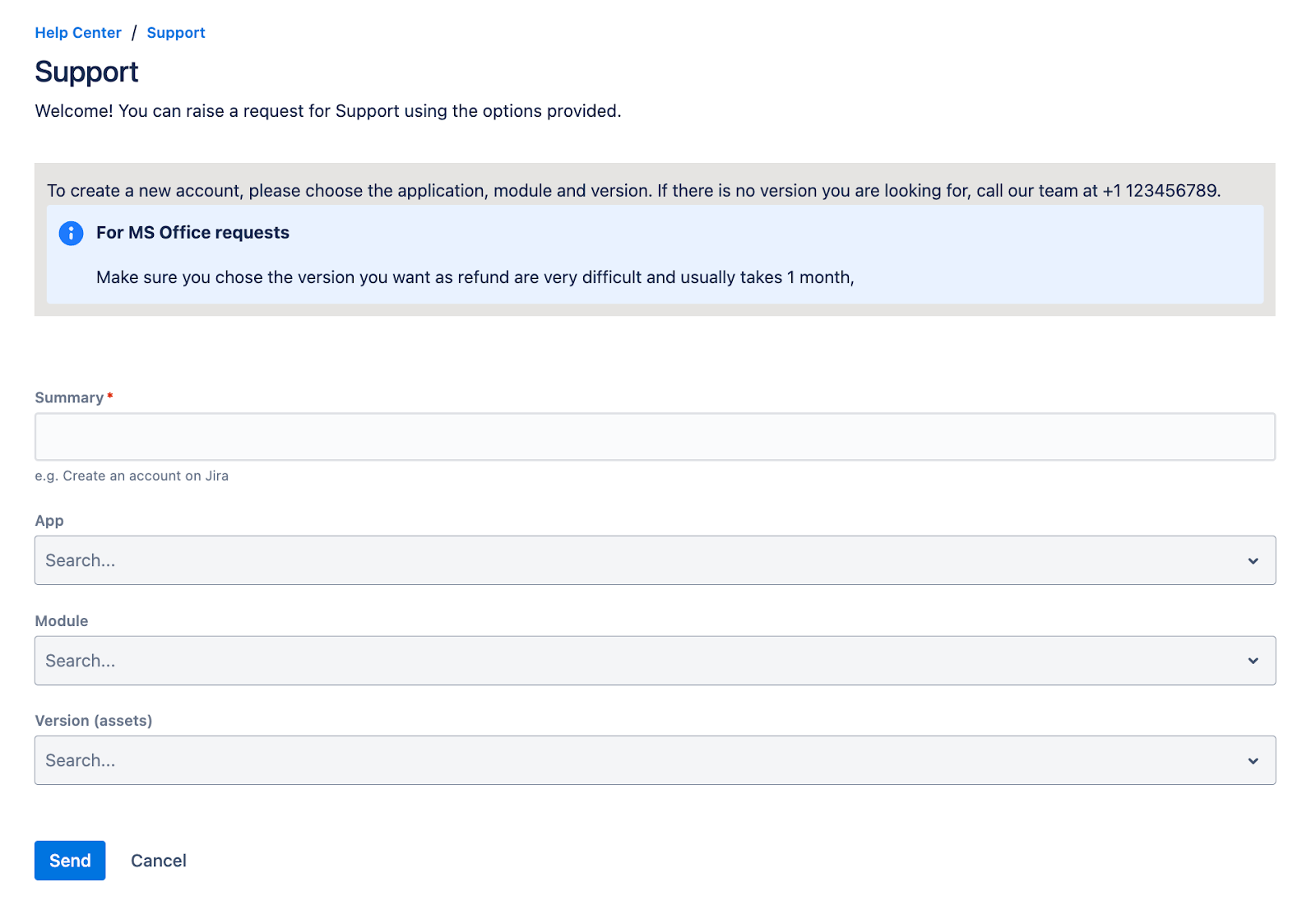
- Service Owners Display: Displaying the service owner through a read-only custom field gives users insight into who is responsible for managing a service, fostering transparency.
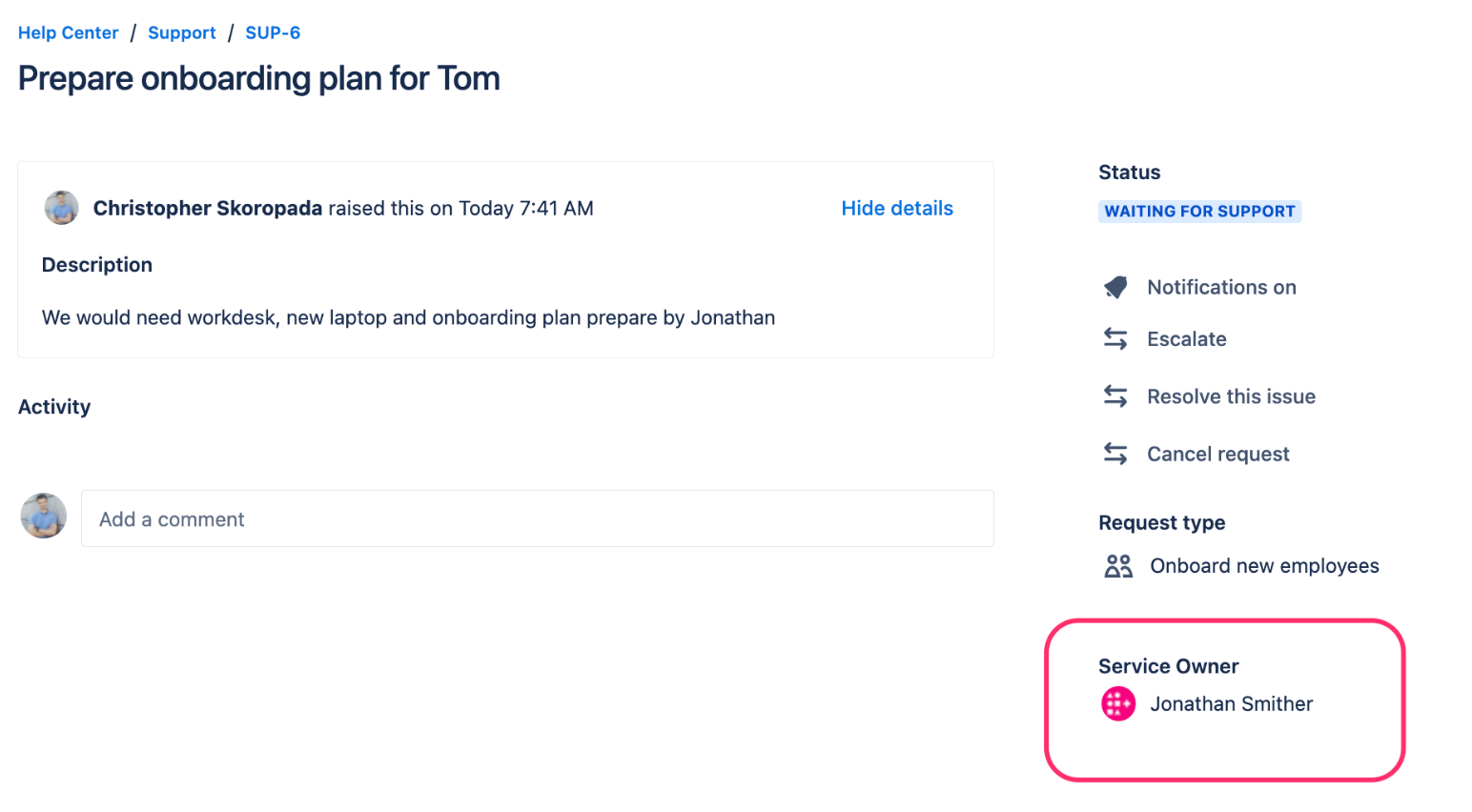
- Expected Resolution Time Banners: After a service request is submitted, a banner can display the expected resolution time, providing clear communication and managing customer expectations.
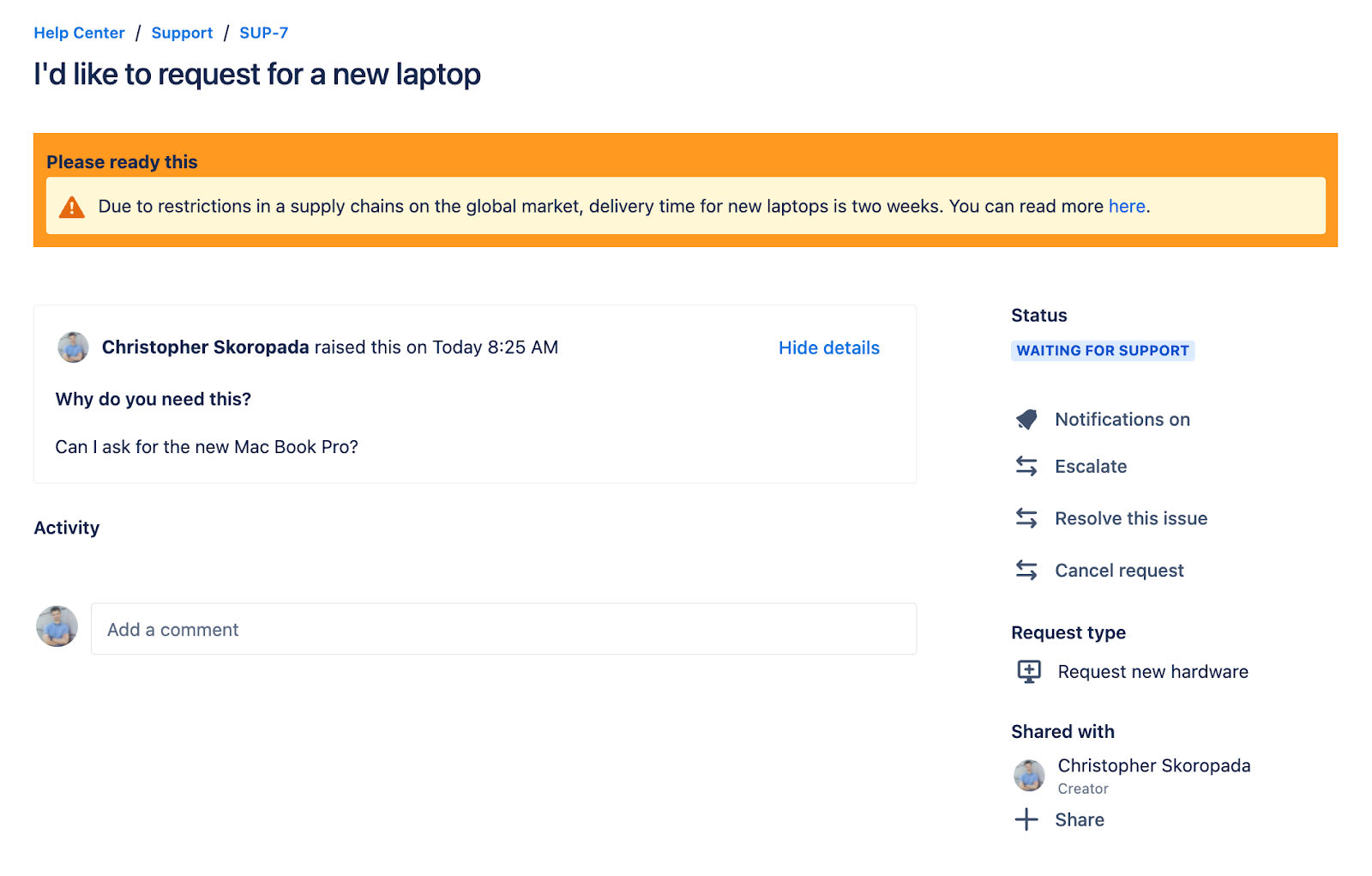
Key takawayes
Building an efficient service catalog with Jira Service Management requires careful planning and thoughtful design. By leveraging custom fields, forms, assets, and multi-level cascading fields, organizations can create a streamlined, scalable service catalog that meets the needs of both technical and non-technical users. Additionally, using JSM’s advanced features, such as request type permissions and banners, can further enhance the user experience, providing clarity and transparency throughout the service request process.
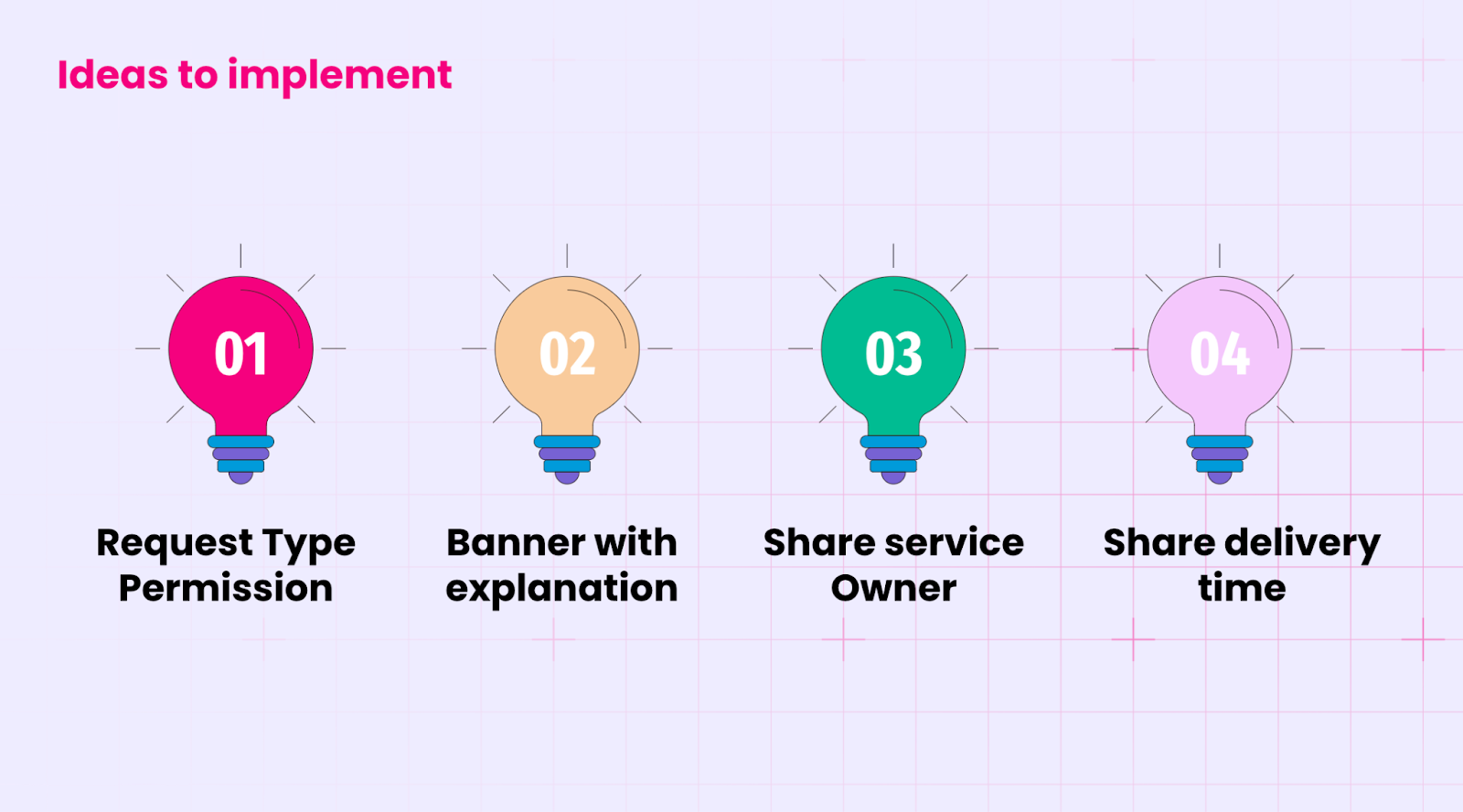
With the right structure and approach, a well-designed service catalog can significantly improve service delivery and user satisfaction, ultimately contributing to smoother operations and a more efficient organization.
Ask your admin for free trials 💡
If you prefer watching than reading, check out webinar recording about this area 😊